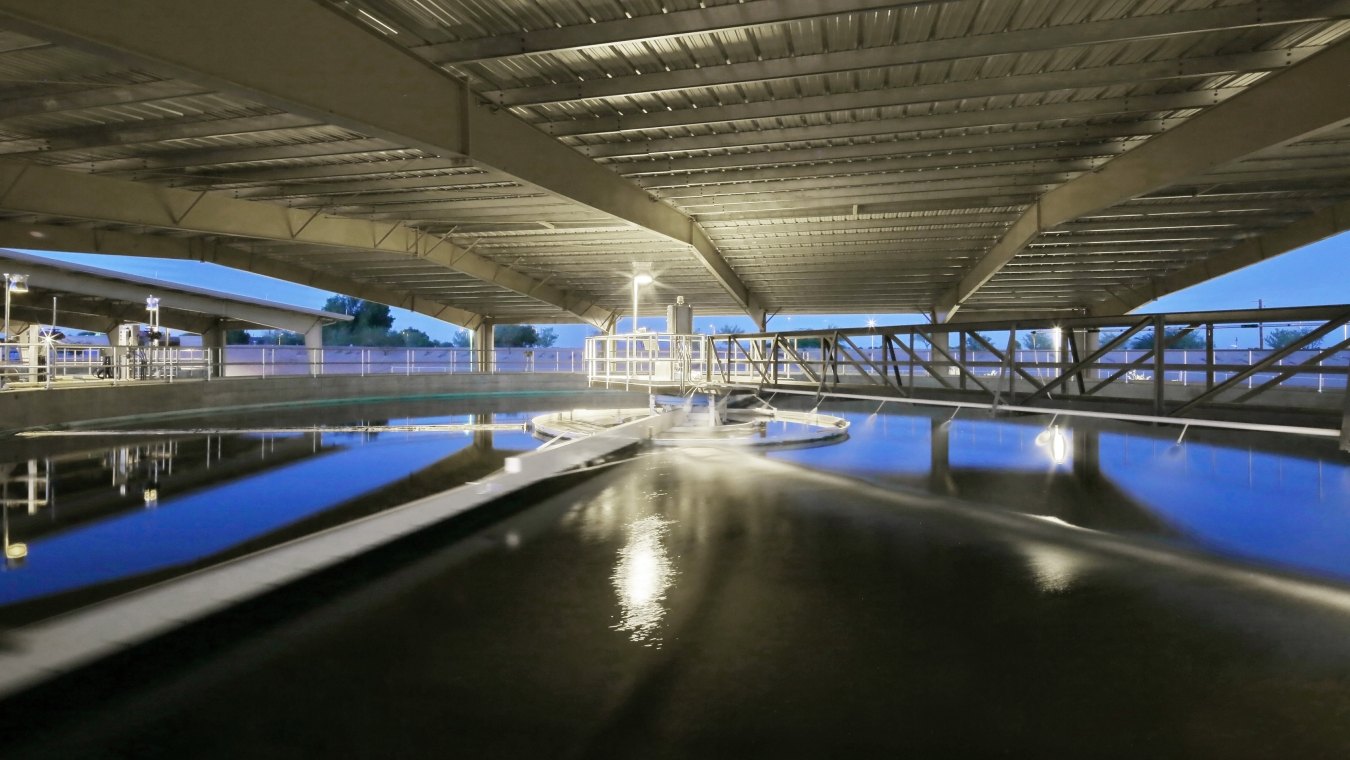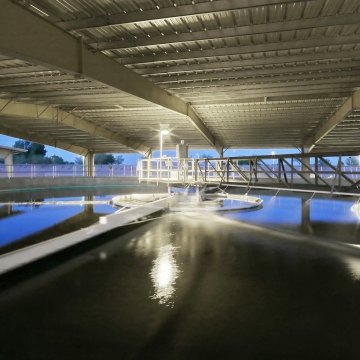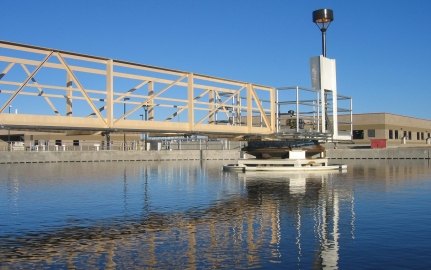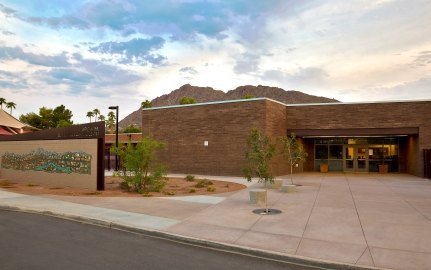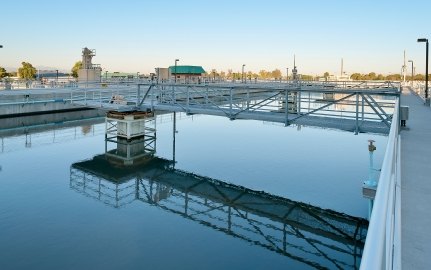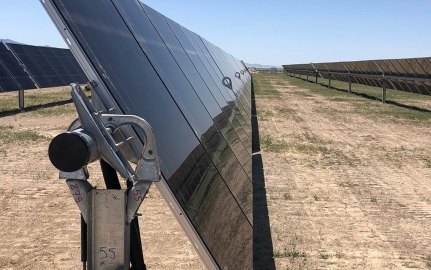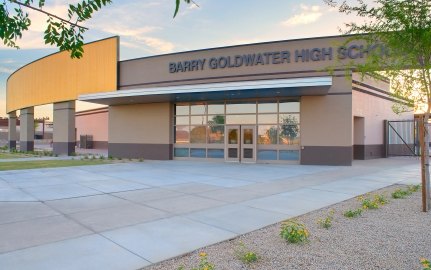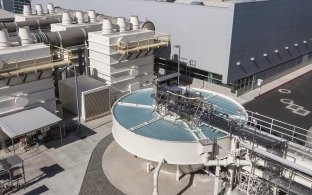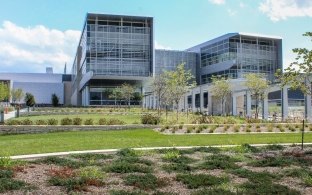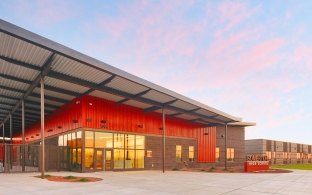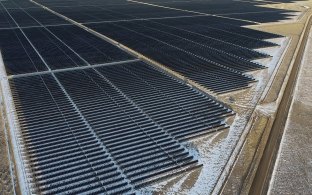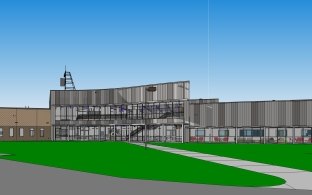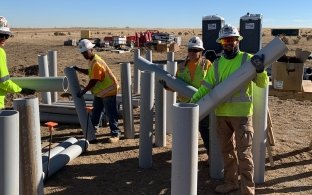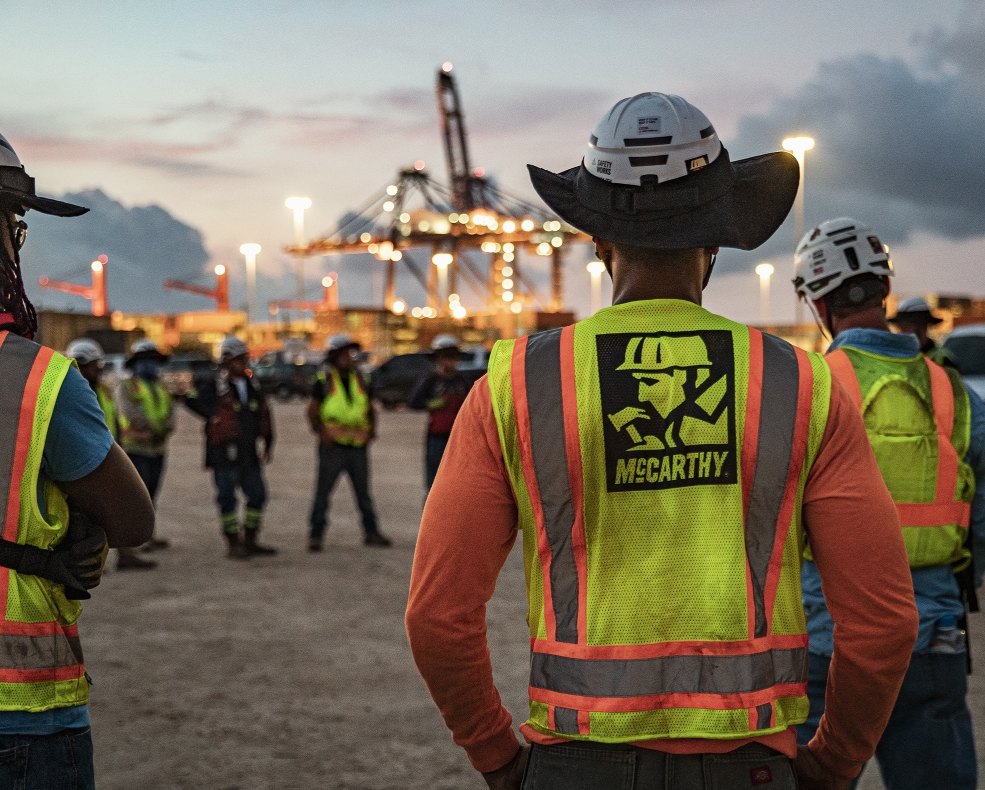Chandler Airport Water Reclamation Facility
Chandler, AZ
As the southeast Valley continues to grow, new means of preserving and managing finite water resources in this burgeoning desert community are vital to sustain current and future generations. The 90-acre Chandler Airport Water Reclamation Facility (WRF) is helping address this need by providing recycled water for irrigation use, significantly enhancing the quality of life of more than 248,000 people living in the region.
In support of the community’s growing water requirements, McCarthy teamed with the city of Chandler and Wilson Engineers to upgrade and expand the existing facility. The modernization and expansion project increased the liquid processing capacity of the existing facility from 10 to 15 million gallons per day (MGD). Enhancements included new high-technology treatment processes, equipment and reservoirs, as well as enhanced reclaimed water capabilities.
The expansion project involved installation of new equipment and reservoirs for the water reclamation distribution system, as well as the required infrastructure for the implementation of new processes in treating 15 MGD of equivalent solids. To increase the plant’s capacity, facility enhancements consisted of a new cast-in-place pre-stage basin; aeration, secondary clarifier and flocculation basins; solids storage tanks; a reclaimed water reservoir and support facilities; as well as all of the equipment, piping, electrical and controls that support facility operations.
To provide the city with assurance regarding the project’s schedule, quality and safety, McCarthy performed all cast-in-place concrete work, as well as installation of the process piping. Virtual design and construction technology, including process piping 3D modeling was used to ensure quality and expedite procurement and fabrication. Throughout construction, all elements of the plant remained operational and capable of producing Class A+ reclaimed water, meeting Arizona’s highest reclaimed water standards.
29-MONTH
DURATION
650,676
TOTAL PROJECT LABOR HOURS
ZERO
DUST VIOLATIONS
ZERO
LOST TIME SAFETY INCIDENTS
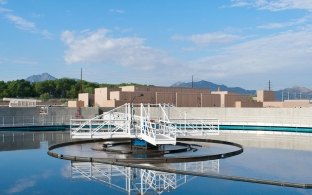
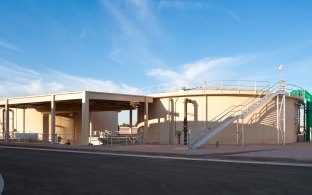
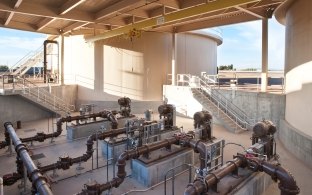
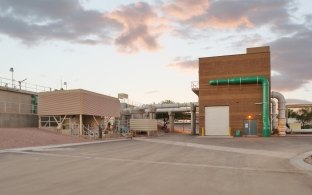
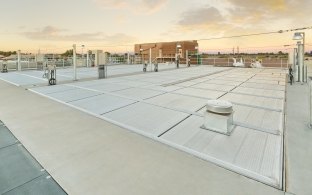
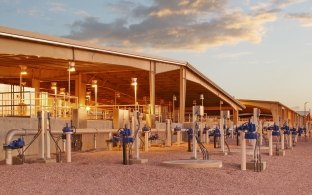
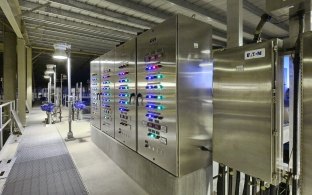
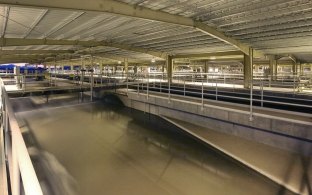
TRADE PARTNERS
Carollo Engineers
CSW Contractors
Hutzel & Associates, Inc.
Nabar Stanley Brown
Southwest Land Consulting
Wilson Engineers
Western Technologies, Inc.
